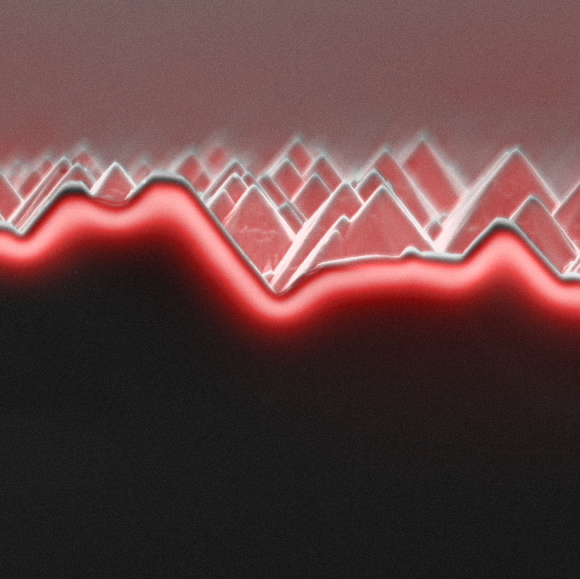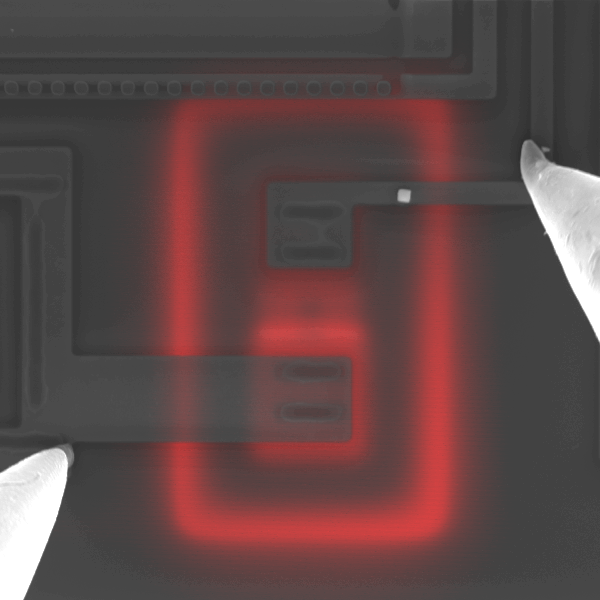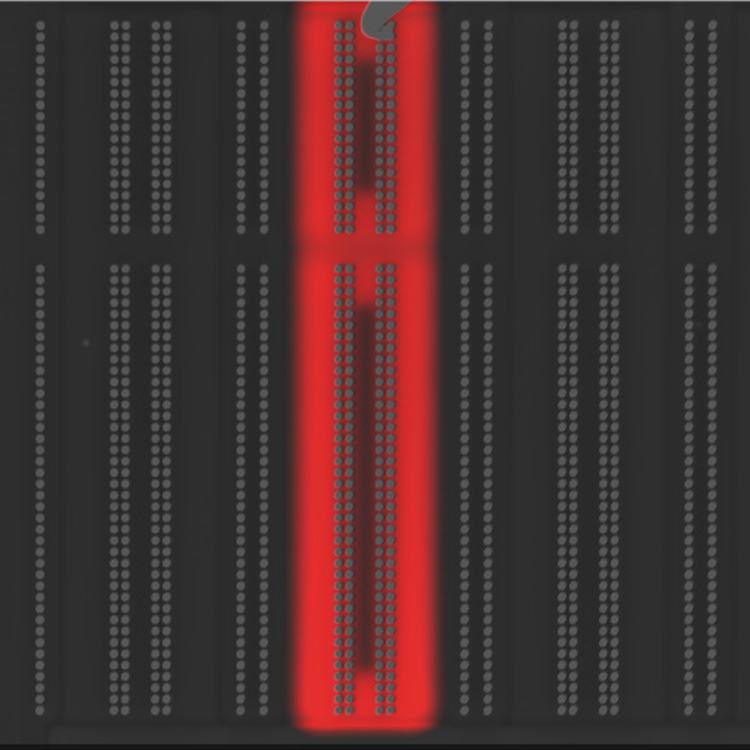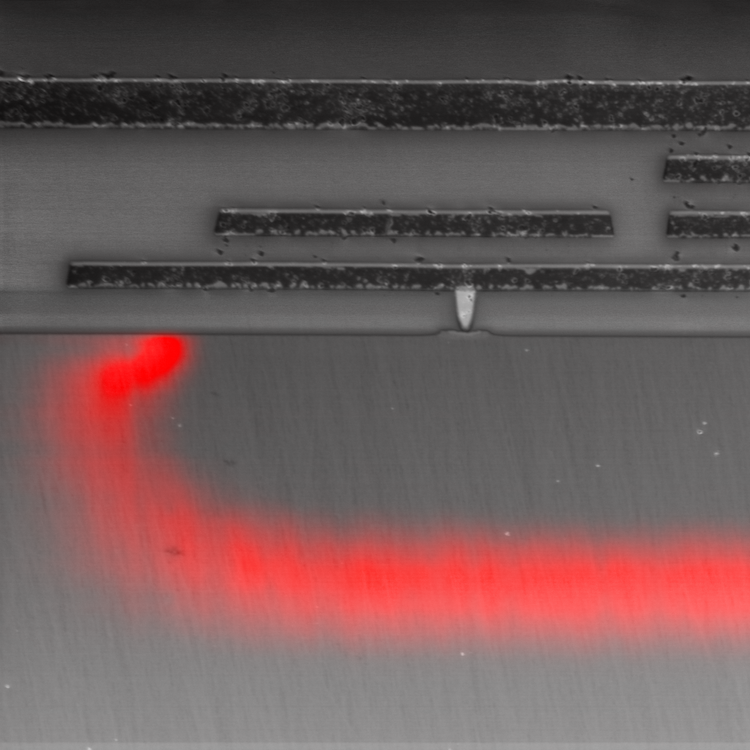EBIC
Electron Beam Induced Current (EBIC) is an Electrical Analysis technique used in electron microscopy to map internal electric fields and to characterise electrically activity of defects. EBIC is also a powerful technique for measurement of internal quantum efficiency, recombination strength and diffusion length of minority carriers.
EBIC provides an essential bridge between electrical and structural analysis of semiconducting and ceramic devices, including
- Development of novel nanodevices
- Characterisation of photovoltaics, optoelectronics and power devices
- Fundamental research on electrical activity of crystalline defects
- Reverse engineering of semiconductor devices
- Electrical failure analysis of semiconductor devices, including processors, memory, sensors
How are EBAC and EBIC related?
The EBAC technique measures the absorbed part of the primary beam current and hence applies to all conductive samples. Typically, only one electrical connection is made to the sample. Contrast is given primarily by secondary electron emission and backscatter yields, which include dependence on material and topography, as well as further effects such as voltage contrast. An advanced use of the EBAC technique is the EBAC/RCI technique, where typically two electrical connections are made to the sample, and the position of the primary electron beam is used to divide the resistance between these two contacts. The fraction of absorbed current collected by each contact is proportional to the spatial distribution of resistance, therefore EBAC/RCI provides high-resolution resistance mapping.
The EBIC technique measures the current induced in the sample due to energy transfer from the primary and secondary electrons. It therefore applies only to samples with a band gap, and in the presence of an internal electric field. EBIC samples are typically connected at both sides of a junction, where the internal field may be modified with additional biasing. Operation is similar to that of photovoltaic cells, where a current is induced due to energy transferred from photons.
EBAC technique is experimentally more challenging than EBIC, because EBAC signal is typically magnitudes smaller than EBIC. Experimental work with the EBAC/RCI technique is even more challenging, as the signal is reduced further and noise increases for low-impedance samples. To minimise noise for EBAC/RCI measurements, point electronic GmbH provides a specially designed in-situ preamplifier, which enables low-impedance measurements down to 100 Ohm.
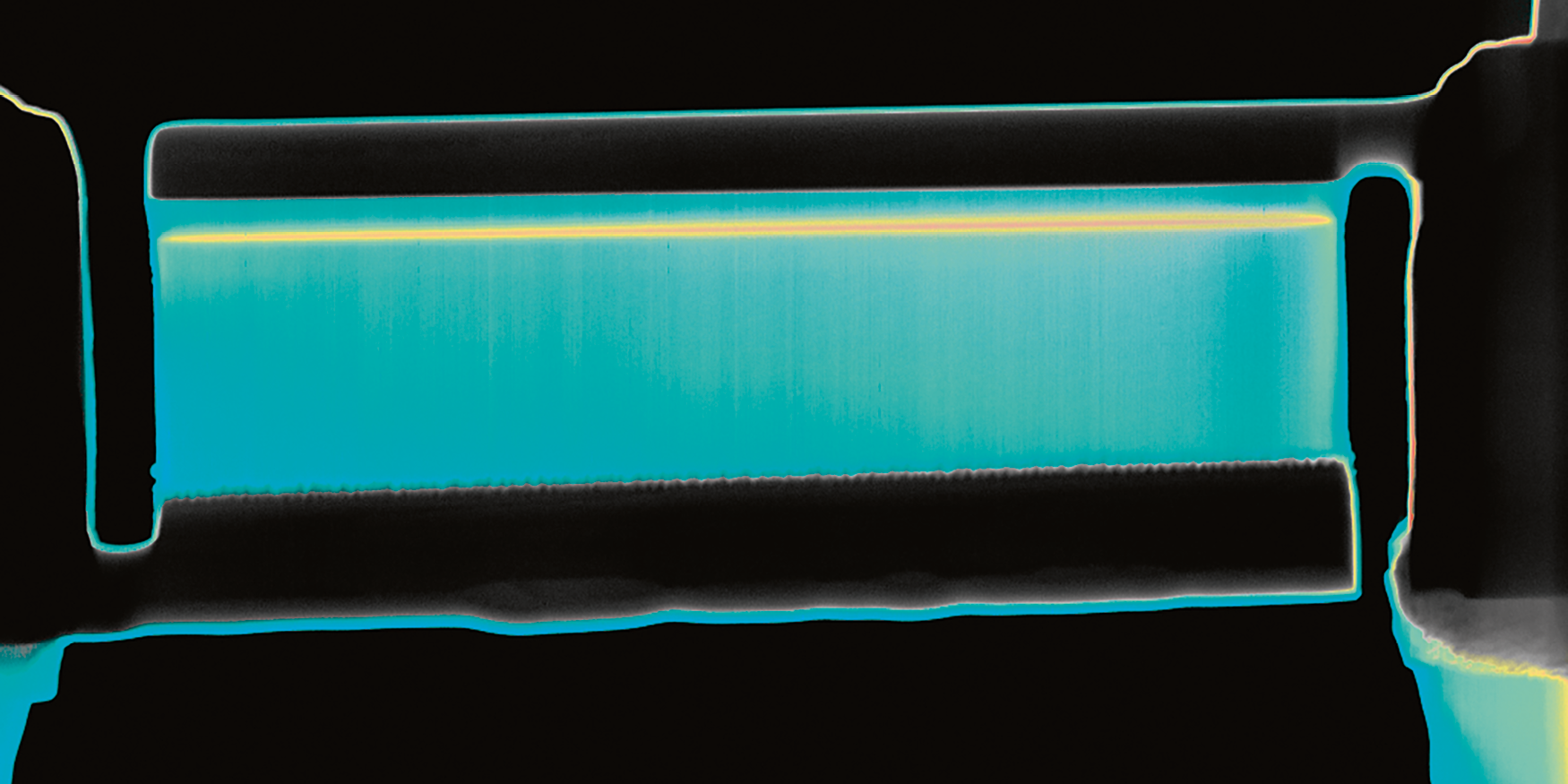
Electrical Analysis for TEM
In-situ imaging of electrical activity at the nanoscale
Learn more…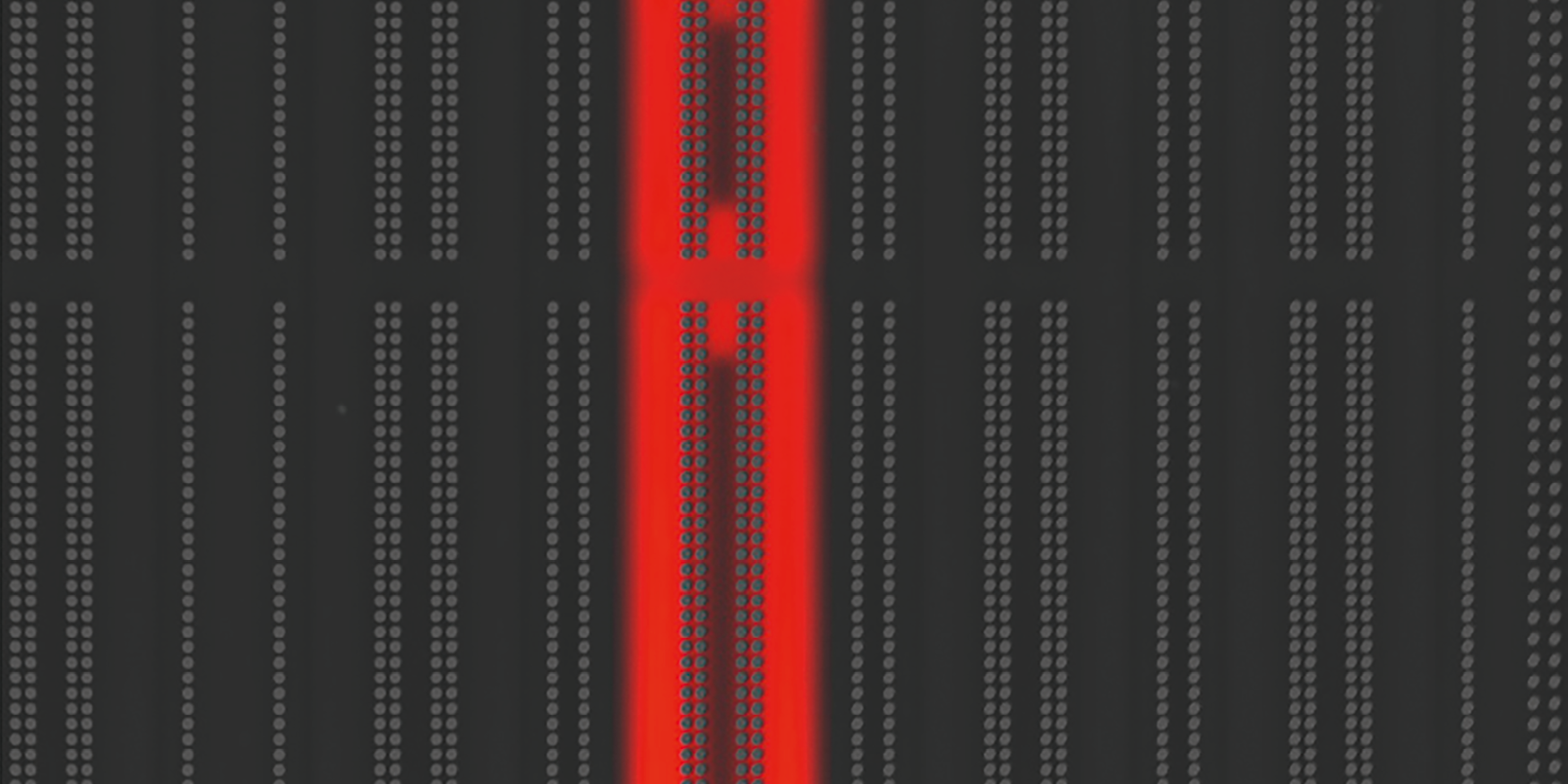
Electrical Analysis for SEM
The best quantitative electronics and software for analysis of electrical properties in SEM and FIB/SEM.
Learn more…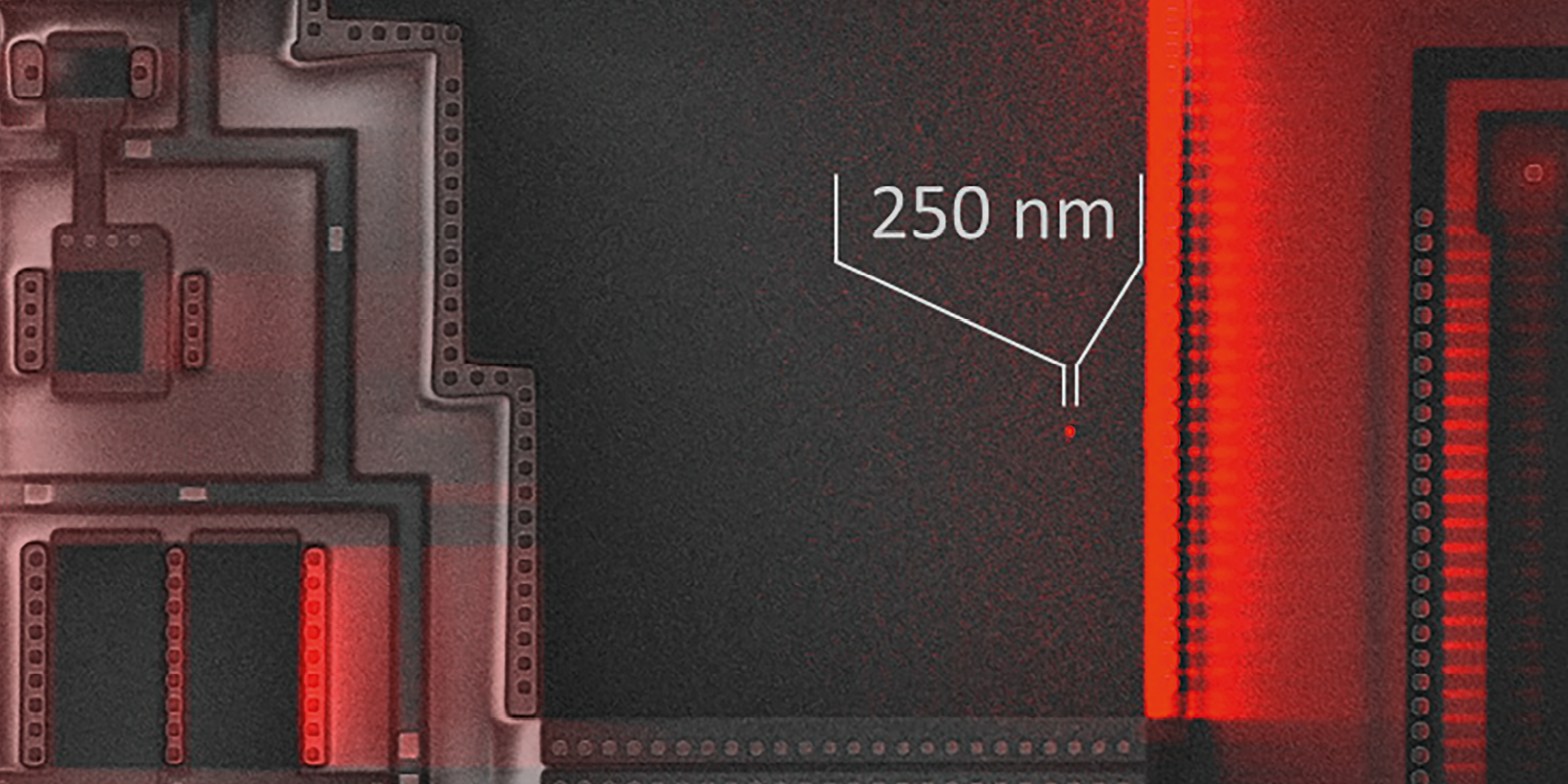
Electrical Failure Analysis
Dedicated equipment for Failure Analysis, from entry-level to the cutting edge.
Learn more…